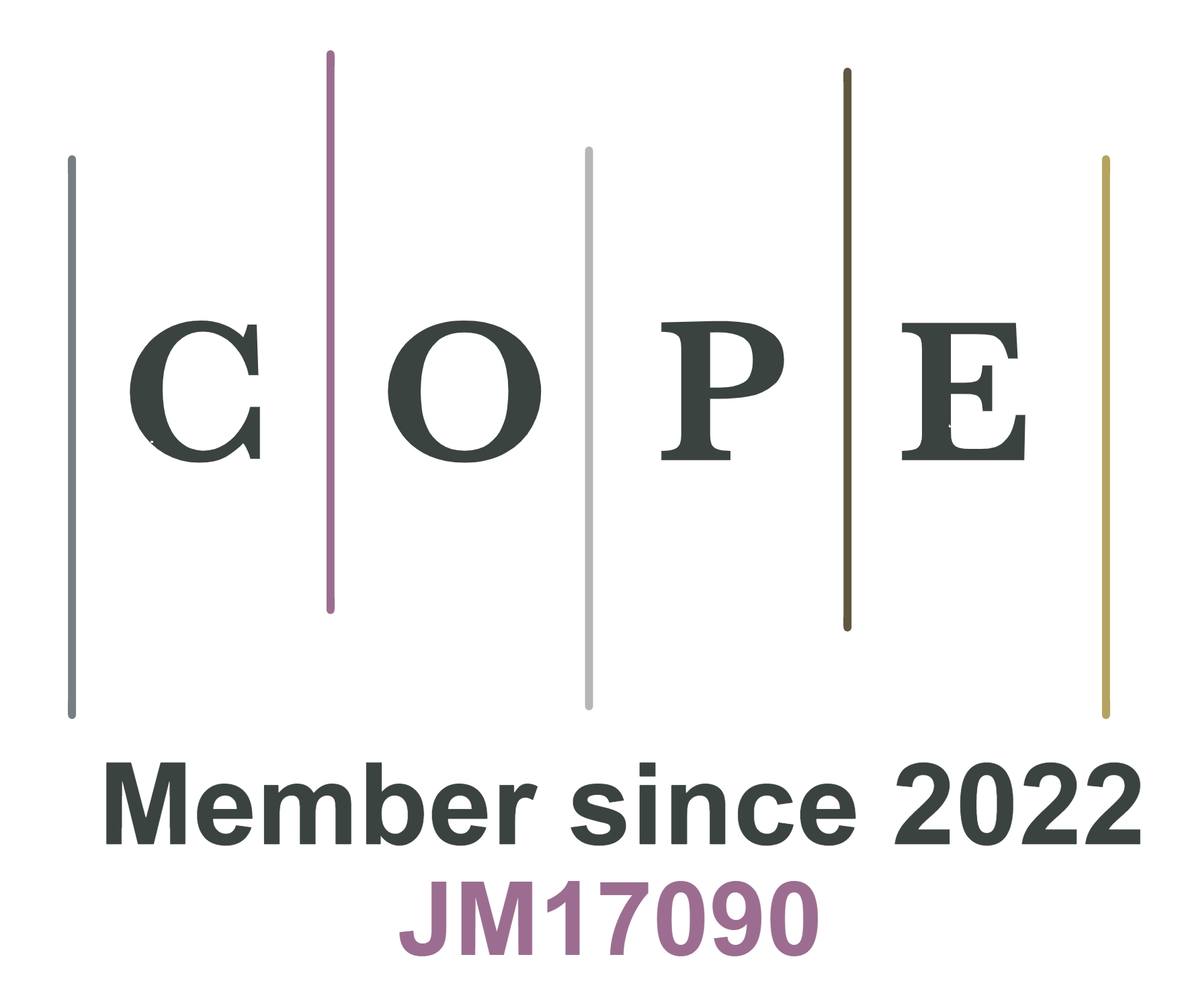fig2
Figure 2. Characterization of hydrogel and features of flexible optical waveguides prepared from it. (A) Schematic of the three-dimensional structure of hydrogels; (B) Physical cross-linking of hydrogels including (a) hydrogen bonding interactions, (b) electrostatic interactions, and (c) hydrophobic interactions; (C) Chemical cross-linking of hydrogels including (a) chemically reactive polymerization, (b) free-radical polymerization, and (c) photopolymerization[56]. Copyright 2024, American Association for the Advancement of Science; (D) SEM images of hydrogels with PEGDA and PEGDA/ALG as examples. (a) SEM images of PEGDA hydrogels. (b-d) SEM images of PEGDA/ALG hydrogels with gradually increasing alginate concentration. It can be seen that the hydrogel pore size decreases gradually with the increase of alginate concentration[86]. Copyright 2023, Elsevier; (E) Case of flexible optical waveguide prepared with PEG. (a) Preparation process of PEG hydrogel. The UV photo cross-linking was first performed through a mold, followed by the passage of dichloromethane to remove the core, and finally, the alginate shell was generated by dip-coating on the surface of the core. (b) Physical drawing of the prepared 1 m-long optical fiber. (c) Light conduction of an optical waveguide sandwiched between two pieces of thin pig tissue[94]. Copyright 2015, Wiley; (F) Chemical formula of PEGDA; (G) Uniform luminescence after fiber-coupled blue light based on PAM[105]. Copyright 2018, Wiley. SEM: Scanning electron microscope; PEGDA: poly (ethylene glycol) diacrylate; ALG: alginates; PEG: polyethylene glycol; UV: ultraviolet; PAM: polyacrylamide.











